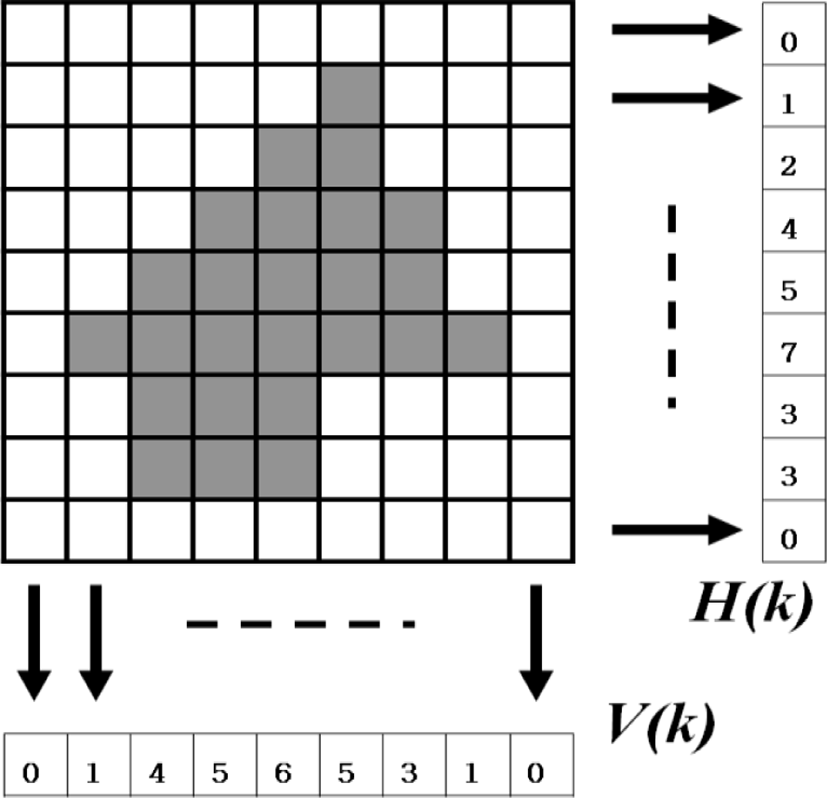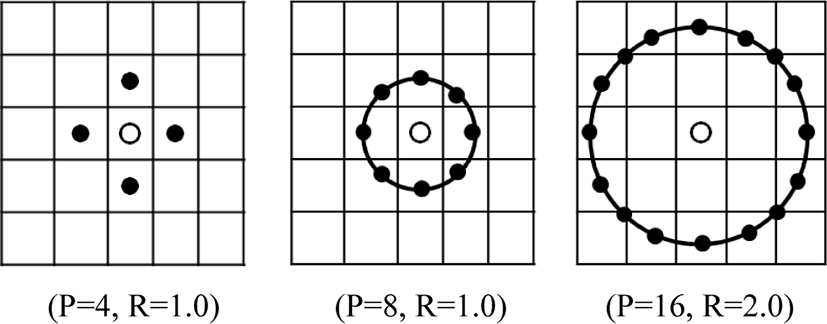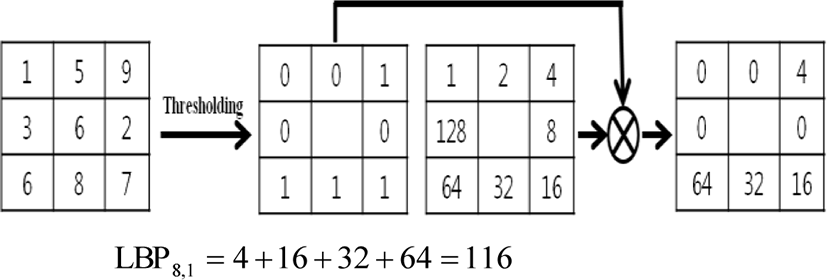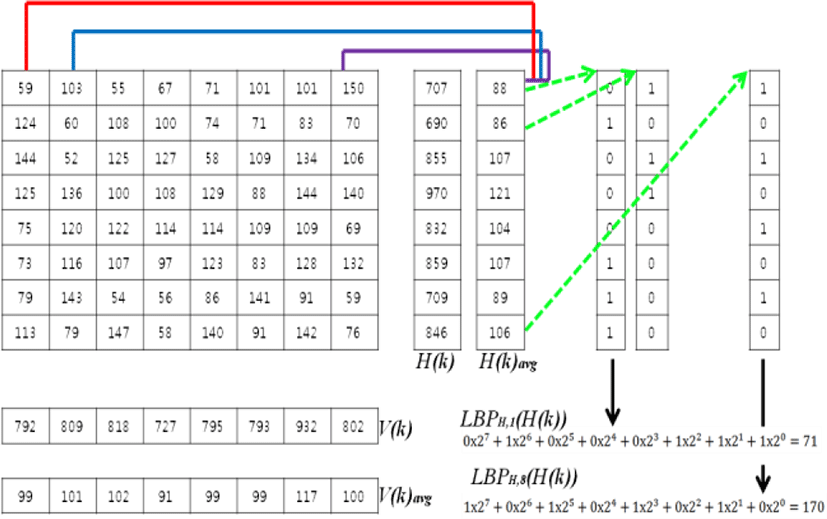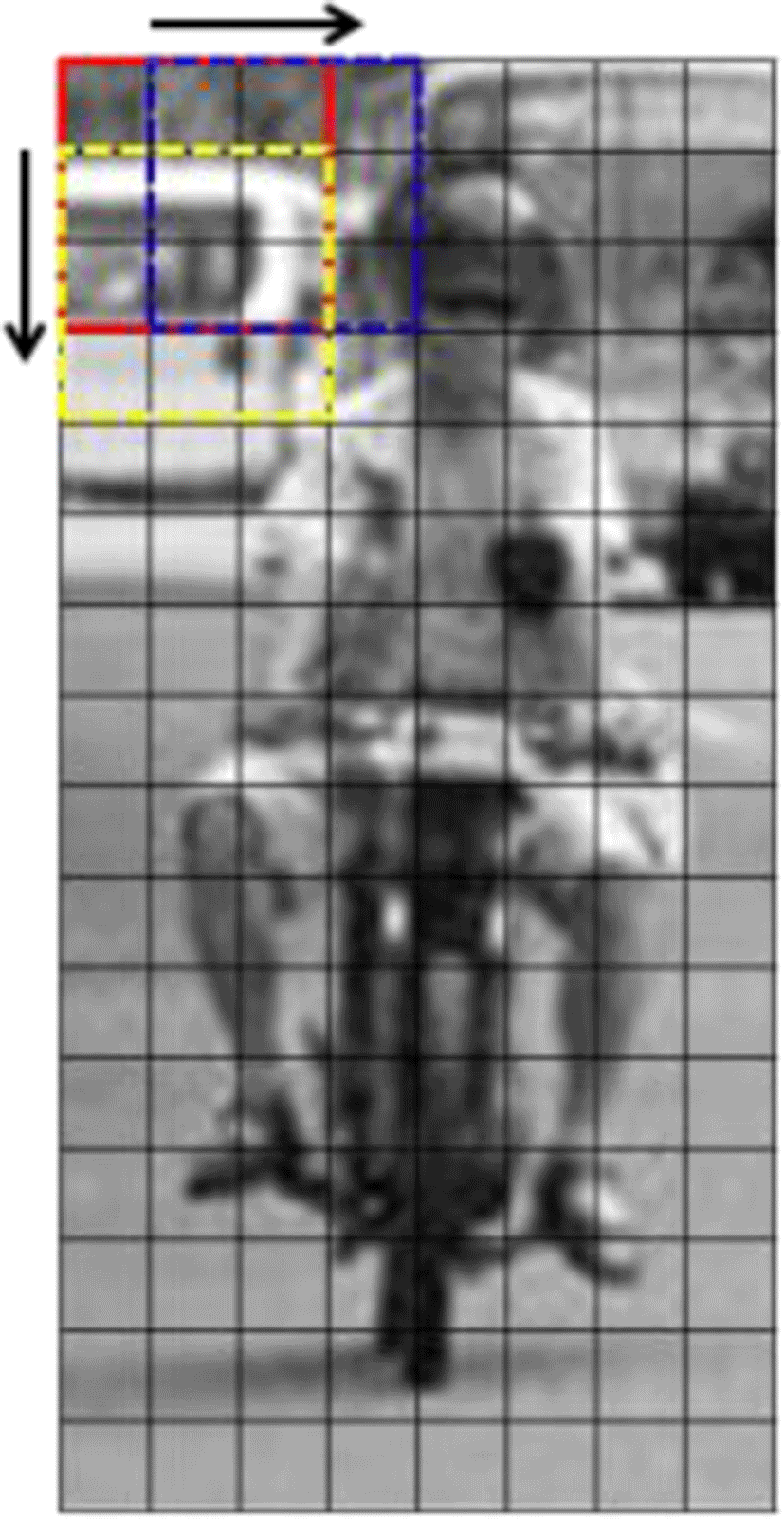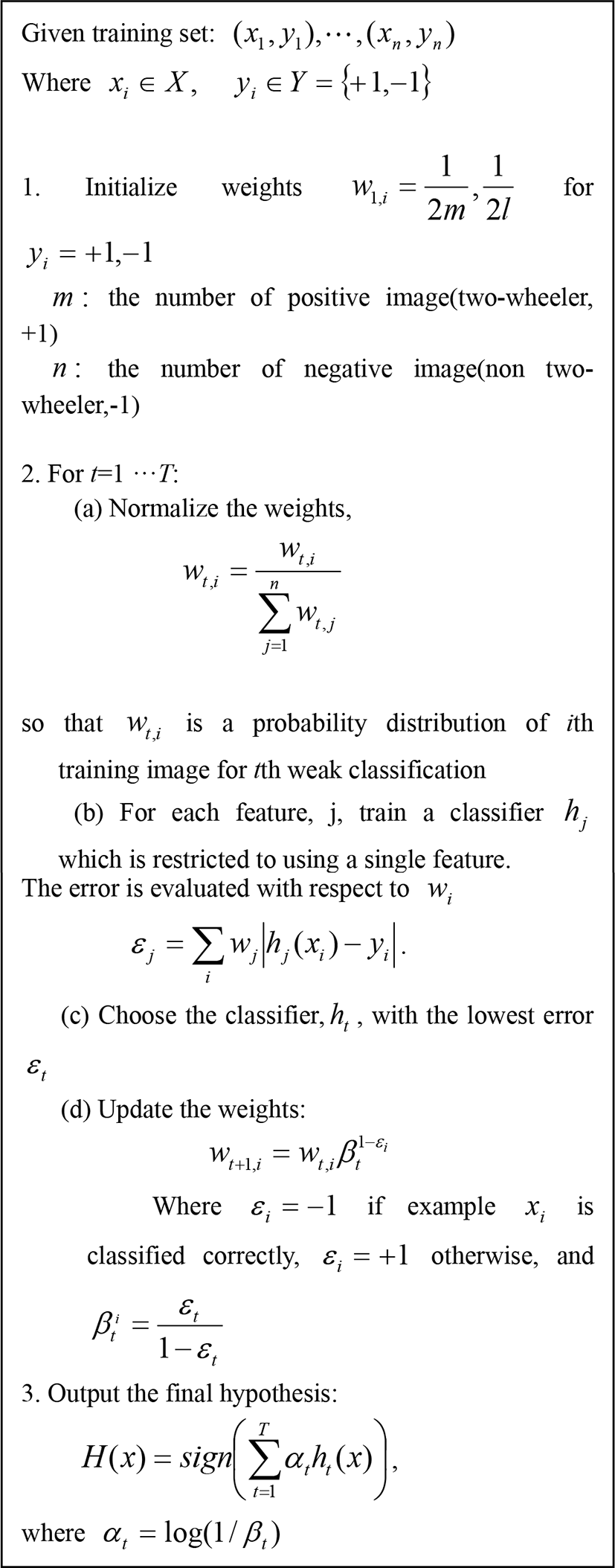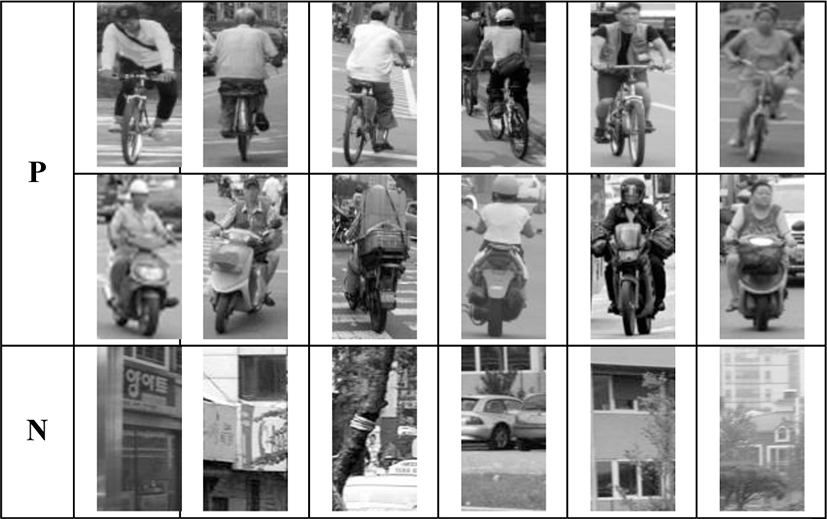I. INTRODUCTION
Today’s computer environment is changing fast because of the development of intelligent interface and multimedia. Especially in intelligent vehicle, but while a simple device or vehicle to move things may be in past, the shape (or style) and function is very fast and variety progressed to the support of MEMS, FPGA, embedded system and etc. in now. In the past, a vehicle was regarded as a simple tool that transports people and commodities. However, the shapes and functions of vehicles continue to develop rapidly and in diverse ways. The development of vehicles was concentrated on not only improving performance, but also to protect the drivers and passengers in a vehicle in the occurrence of a traffic accident. The degree of injury to passengers in a vehicle caused by a traffic accident is reduced gradually in advantage of many safety device techniques mounted in and outside of the vehicle. But the accidents outside of a vehicle that is caused by a driver’s carelessness or by road environments still have many problems, so it is required to detect the risk of a traffic accident in order to save lives [1].
Most of the studies relating to human safety over the past several years have mainly concentrated on increasing the detection rate of pedestrians and automobiles on a road from a still image and framework. Now, the study scope has expanded to protect vulnerable road users (VRUs) such as small automobiles [1, 2]. Because pedestrians and bicycle riders are very vulnerable road participants among VRUs, they are a hot subject for the study field in intelligent transportation system. Therefore various types of sensors are utilized for an accurate and real time detection and tracking; NIR, FIR, LIDAR, RADAR, Laser Scanner, fusion system, and etc.
Among VRUs on the road, pedestrians are the slowest while the others have the characteristics of moving speedily. Two-wheelers, different from ordinary pedestrians, are expressed with complicated shapes in combination of the rider’s dressing style, hair style, whole body attitude, forms and patterns of loading, and various types of two-wheelers, which makes the shapes even further complicated according to the viewing angle, so that it requires a stronger algorithm against changes in their shapes.
The automobile vision-based systems have mainly concentrated on recognizing pedestrians and automobiles [3]. As stated in the foregoing, detection of two-wheelers on the road is similar with that of pedestrians on road. Extracting characteristics for detecting pedestrians are classified with single characteristics, multiple characteristics, whole area characteristics, and district characteristics pursuant to the usage of extracted characteristics [4]. Especially, HOG characteristics or Improved HOG characteristics are widely utilized in the methods for recognizing pedestrians by using the automobile vision. Zhu et al. [5] applied the HOG characteristics based on variable block size to improve detection speed. Further, Watanabe et al. [6] utilized co-occurrence HOG characteristics, and Wang et al. [7] utilized HOG-LBP human detection to improve detection accuracy.
Generally speaking, the literature on pedestrian detection system is abundant [8]. Features can be distinguished into global features, local features, single features, and multiple features depending on how features are measured and used [9]. Principal component analysis (PCA) [10] operates global features. On the other hand, local features are extracted by dividing a sliding window into different subset region of image [11].
LBP has been used for texture classification and face detection to computer efficient texture feature [12, 13]. And it is very invariant for illumination and contrast to gray level changes and good anti-noise performance. Despite the great success of LBP in early applications, its practical results are not satisfactory in several fields. Hence many researchers have improved the LBP in the specific domain and achieved lots of significant research [14]
As we mentioned previously, two wheelers similar with not only the shape of pedestrian but also detection technique based on several features. Two wheelers consist of human and machine; usually a human is upper part and machine is lower part in the shape. In this paper, we define that bicyclist (BL) is a people riding the bicycle and motorcycle driver (MD) is a people riding the motorcycle [8]. So two wheelers detection system can be adapted to the pedestrian detection algorithms for features extraction, classification, and non-maxima suppression. A solution of slow performance from dense encoding scheme and multi-level scale images is to use a boosting algorithm [15] to speed up classification process. Because of above reasons, we tried to use modified LBP algorithm to select best features and Adaboost to improve detection rate. In this study, we invented new algorithm based on projected LBP value which is weighted by uniform pattern and limited area. More detail about general and modified LBP will describe in section 2. This paper proposes a system for the detection of two wheelers ride on people with both efficiency and accuracy.
This paper consists of the following: Section 2 introduces basic extracting characteristics methods with projection vectors and LBP algorithm that can increase detection rates significantly. Section 3 states the framework and training of suggested detecting two-wheelers system. The evaluation and detailed analysis for the experimental results are summarized in section 4. Section 5 states the conclusion.
II. Feature Extraction
In general, the projection executes the role of converting N dimensional coordinate systems into smaller dimensions than N. We can take shape information, if a projection is used in the image. If it is used as one dimension, the horizontal projection vectors can be obtained by vertical projection; the vertical projection vectors can be obtained by a horizontal projection. The binary image of a lizard with its vertical and horizontal projections is shown in Figure 1 [16].
If given an image whose size is M x N and the image is I(i, j), the projection H(k) along the row and the projection V(k) along the column of binary image are given by
It is an advantage that the projection includes space information that can be used for recognition. But there are some problems with indexing database images which include several sizes, using these projections. Therefore it is impossible to compare projections using same length vectors because of the size of the projection vectors which are generated by image size have different sizes. Because there are a number of vertical and horizontal vectors used as the image size, in the case of it being used as a database index for searching for information, it has the disadvantage that amount of indexing data is generated, causing a delay in the production of results.
The Local Binary Pattern(LBP) texture operator, which is initially proposed by Ojala et al.[17], has been used successfully in various computer vision application, such as texture descriptors, face recognitions and etc. LBP is highly discriminative and its key advantages, namely it's invariant to gray level changes, computational efficiency and good anti-noise performance. The common version of LBP code operator is defined as follows [18].
where gC is the intensity value of center pixel, gP is the intensity value of neighbor pixels. P is the total number of invalid pixels and R is the radius of neighborhood. The examples of local circular neighborhood are shown in Figure 2.
Given an image region of size I*J , a LBP histogram of 2P is computed for feature representation.
The calculation principle of LBP for LBP8,1 adapted equation (2) is shown in Figure 3.
There are some patterns that occur more frequently than others and the number of state transitions between 0 and 1 for these patterns are at most two bitwise changing [19]. And if neighborhood sampling point number increases, the binary pattern species rapidly rise also. Extracted binary patterns are classified as uniform pattern and the rest as non-uniform pattern to the original operator [17]. If P=8, the number of bins is reduce from 256 to 59. Uniform pattern is the number of bitwise transitions from 0 to 1 or vice versa when the bit pattern is considered circular. For example, the 00000000(0 bitwise change), 01110000(2 bitwise change), and 1100111(2 bitwise change) are uniform patterns, while 11010011(4 bitwise change) and 01010101(7 bitwise change) are non-uniform patterns. There are two reasons for omitting the non-uniform patterns[18]. First, most of the local binary patterns in natural images are uniform. The second reason for considering uniform patterns is the statistical robustness. Therefore, uniform patterns have 3 kinds of advantages:
Projection vectors are calculated by equation (1) for 8x8 cell area from original image. The basic LBP is used neighbor pixels with center pixel, while proposed projection LBP (PLBP) is used vertical and horizontal projected pixels with projection vectors. First, we calculate the averages of projection vectors to use threshold value. The second, the definition of proposed horizontal and vertical PLBP code for kth cell is following:
where H(k)p,avg is the average value of horizontal vectors for kth cell and V(k)p,avg is the average value of vertical vectors for kth cell. H(k)p is pth pixel projected horizontal direction within kth cell and V(k)p is pth pixel projected vertical direction within kth cell. The calculation processing is described in Figure 4.
Because a natural image includes many kinks of noise, projection vector is weighted by normalized value, according to the uniform pattern and non-uniform pattern. The definition of horizontal and vertical projection vector PRJH and PRJV is following:
where UP means uniform pattern and ε is small value (0.01).
To normalize the cell’s projection vectors, it should be grouped into blocks (3x3 cells). This is done by accumulating a measure of local histogram value over the blocks and the result is then used to normalize the cells in the block. Although there are four different methods for block normalization suggested by Dalal and Triggs [20], L2-norm normalization ∏H,V is implemented using equation (5), as shown in Figure 5.
III. Classifier
Adaboost is a simple learning algorithm that selects a small set of weak classifiers from a large number of potential features according to the weighted majority of classifiers. The training procedure of Adaboost is a greedy algorithm, which constructs an additive combination of weak classifier. Our boosting algorithm is basically the same as P. Viola’s algorithm [21]. The boosting algorithm pseudo code for Adaboost is given in Figure 5. The algorithm takes as input a training set (x1,y1),…,(xn,yn) where each xi belong to some domain X and each label yi is in some label set Y.
The final hypothesis H is a weighted majority vote of the T weak hypotheses where αt is the weight assigned to ht. Using two strong classification, in this paper suggests 2nd stage cascade method. It improves the recognition rate due to the complementary role for two feature vector of quite different type.
IV. Experimental Results
In this study, an experiment was carried out with an ordinary user computer environment consisting of a Pentium 3.1 GHz and Visual C++ 6.0 Program. To access the effectiveness of the proposed evolutionary method, the algorithm was applied to a practical proposed method. For the proposed efficient two wheeler detection approach, we describe the performance of our innovative technique using projected LBP. Since there is no public dataset for two-wheeler images, we built such a dataset by ourselves, using a digital camera and websites. An image of two-wheelers can be expressed by various angles in an automobile. For our purposes, it is hypothesized in the experiment for the following 2 cases: a two-wheeler is running in front of an automobile (rear appearance) and a two-wheeler is coming toward the automobile (front appearance). Each datasets are consists of two kinds of type according to the front view point for horizontal line: 90° and 60°. And in our study, we also experiments about mixed the 90° and 60°. Our dataset contains only front and back view with a relatively limited range of poses (60° and 90°) which are scaled to size 64x128 pixels. And the negative (non-two wheelers) samples used in our experiments were extracted randomly from general street images. All our dataset examples used in this paper shows in Figure 7. In Figure 7, P means positive and N means negative.
Used each training set ratio of positive and negative is 1:1. For more detail, the bicyclist training images are 340 examples for 60 degree and 845 examples for 90 degree. And motorcycle driver training images are 96 examples for 60 degree and 234 examples for 90 degree. We also train the mixed of two degree and types (bicyclist and motorcycle driver). An example of the images used in the experiment is shown in Figure. 4. In Figure 4, the first row refers to the images of two-wheelers corresponding to bicycles and the second row refers to the images corresponding to motorcycles.
In the first experiments, the performance of the traditional concatenated feature saving HOG to compare with proposed algorithm has shown in Figure 5 (a), according to the data type and degree. The ROC curves were generated as described in [22] by adjusting the threshold (θ) of the last two node of the object detector. A range of thresholds of -20 to 20 was utilized in classification, and confusion matrix, true positive rate (TPR) and false positive rate (FPR) were used for analyzing experimental results per angles for the methods, and ROC curves are shown in Figure. 5, by applying Eq. (8) below:
where “TP” is True Positive”, “FP” is False Positive”, “TN” is True Negative and “FN” is False Negative. In figure 3, “Moto” means motorcycle, “Bike” means bicycle, and “MB” is a mixture of motorcycles and bicycles, respectively.
In Figure 8 (a), it has shown that the experiment according to “MB” has the best results among these experiments, but the recognition rate is significantly low. However, in Figure 8 (b), shows that the results of MB experiments according to the general projection vector method have a higher recognition rate than general HOG method. When applied with another analytical method, as shown in Figure 8 (b) and (c), because the area of the curve of the suggested method is larger than that of the curve of the ordinary method (Projection Vector), it is known that this system has a better performance. When PLBP algorithm was applied for the other characteristic vector (Projection Vector) method, a higher recognition rate could be obtained, and the results are listed in Figure 8 (c).

The highest accuracies for each of the methods were calculated with equation (9) and the results are listed in Table 1.
As shown in Table 1, Moto (motorcycle) has higher accuracies than Bike and MB for proposed method, signifying that motorcycle has a trend of better classifying characteristics than Bike. In our opinion even if a motorcycle becomes more complicated by loading baggage at the rear or by the high loading of baggage than bicycle, our proposed algorithm improved the recognition rate than others. In the experiment of mixture of the two kinds of two-wheelers, the results of suggested method accuracies also have a higher accuracy than the existing algorithm. Because two-wheelers are consist of persons, bicycles, or motorcycles together with various shapes of baggage. Therefore, the upper part of a waist is similar to a pedestrian but the lower part is diversified and complicated in shape, so that it becomes another field of challenge besides detection of pedestrians and automobiles for an intelligent automobile. The two-wheeler in the following means a combination of a person and a machine.
V. CONCLUSION
Accurately and efficiently pedestrian detection in still images is one of the most difficult works due to a variety range of poses, as well as environmental conditions and cluttered backgrounds. Classification based methods have comprised the mainstream of research and have been shown to achieve successful results in object detection via pedestrian detection.
In this study, we have introduced that a new practical implementation of the solution for weak objects (vulnerable road users) on the road using projected local binary pattern.
The underlying motivation of our approach originate from the observation that LBP and projection vector have rotation invariant, reduce the length of the feature, and robust against variation in pose or illumination. We calculated horizontal and vertical vector for each cell from original image. To remove the noise, we adapted the uniform pattern as weighting value.
It has been experimentally demonstrated that PLBP method weighted value by the uniform pattern leads to better classification results than other traditional methods from ROC. Adaboost classification have comprised the main stream of research to detection two-wheelers and the results compared with existing method have been shown that it is a highly improved system performance for the further research, we consider including occluded region, changed objected according to the weather and night environment, and etc.








